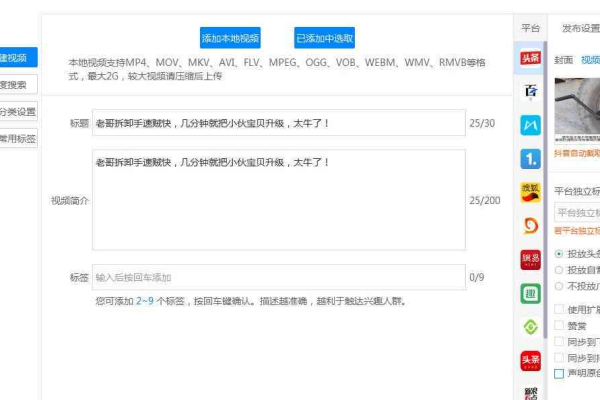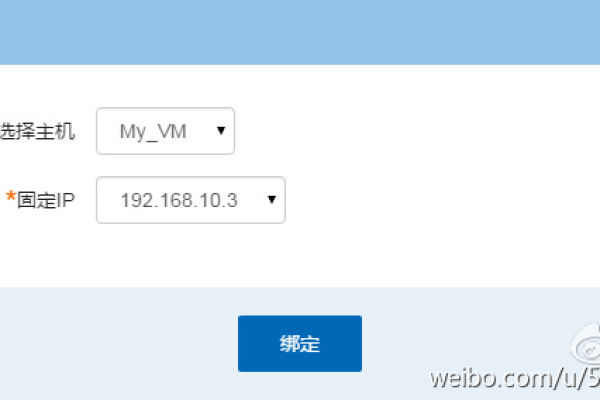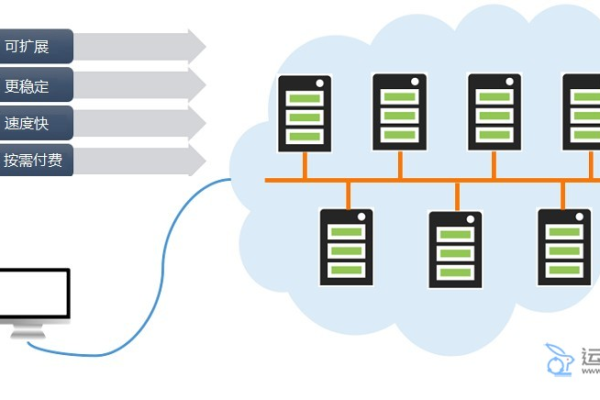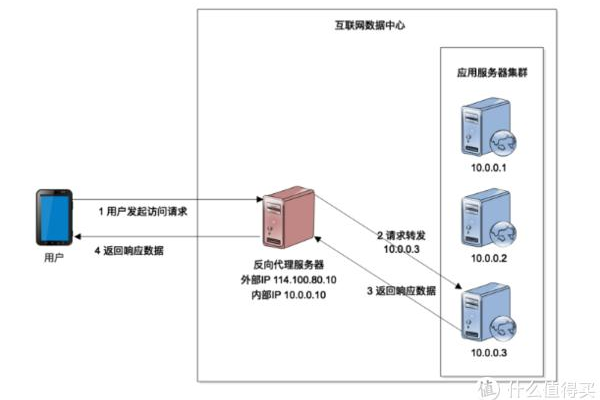如何在C中启动本地服务器?
- 行业动态
- 2025-03-01
- 4
System.Net.Http 命名空间。,3. 使用
HttpListener 类启动本地服务器。 示例代码,“
csharp,using System;,using System.Net;class Program,{, static void Main(), {, HttpListener listener = new HttpListener();, listener.Prefixes.Add("http://localhost:8080/");, listener.Start();, Console.WriteLine("Server started at http://localhost:8080/");, Console.ReadLine();, },},“
在C#中启动本地服务器通常涉及使用一些内置的类库,比如HttpListener,以下是详细的步骤和示例代码:
一、准备工作
确保你的开发环境已经安装了.NET Framework或.NET Core/5+,并且你已经创建了一个新的C#项目。
二、使用HttpListener启动本地服务器
1、添加命名空间:在你的代码文件顶部,添加必要的命名空间引用。
using System; using System.Net; using System.Text; using System.Threading.Tasks;
2、创建HttpListener实例:在你的主函数或适当的位置,创建一个HttpListener对象,并指定前缀(即URL)。

class Program
{
static void Main(string[] args)
{
// 创建HttpListener实例
HttpListener listener = new HttpListener();
// 添加前缀,这里监听所有来自本机的8080端口的请求
listener.Prefixes.Add("http://localhost:8080/");
}
}
3、启动监听:调用Start()方法来启动监听。
listener.Start();
Console.WriteLine("Server is listening on http://localhost:8080/");
4、处理请求:通过一个循环来异步处理进入的请求。
while (true)
{
// 等待请求进入
HttpListenerContext context = await listener.GetContextAsync();
// 获取请求对象
HttpListenerRequest request = context.Request;
// 获取响应对象
HttpListenerResponse response = context.Response;
// 构建响应内容
string responseString = "Hello, World!";
byte[] buffer = System.Text.Encoding.UTF8.GetBytes(responseString);
// 获取输出流并写入响应
using (System.IO.Stream output = response.OutputStream)
{
output.Write(buffer, 0, buffer.Length);
}
// 关闭响应
response.Close();
}
5、停止监听(可选):在适当的时候,比如接收到特定信号或达到某个条件时,可以调用Stop()方法来停止监听。
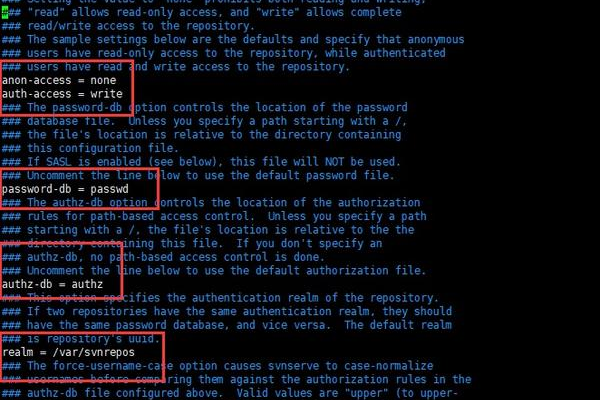
// 按任意键停止服务器
Console.WriteLine("Press any key to stop the server...");
Console.ReadKey();
listener.Stop();
三、完整示例代码
将上述步骤整合到一起,你将得到一个完整的C#控制台应用程序,它可以作为一个简单的HTTP服务器运行。
using System;
using System.Net;
using System.Text;
using System.Threading.Tasks;
class Program
{
static void Main(string[] args)
{
HttpListener listener = new HttpListener();
listener.Prefixes.Add("http://localhost:8080/");
listener.Start();
Console.WriteLine("Server is listening on http://localhost:8080/");
while (true)
{
HttpListenerContext context = await listener.GetContextAsync();
HttpListenerRequest request = context.Request;
HttpListenerResponse response = context.Response;
string responseString = "Hello, World!";
byte[] buffer = System.Text.Encoding.UTF8.GetBytes(responseString);
using (System.IO.Stream output = response.OutputStream)
{
output.Write(buffer, 0, buffer.Length);
}
response.Close();
}
// 按任意键停止服务器(此行代码在实际运行时可能永远不会执行)
Console.WriteLine("Press any key to stop the server...");
Console.ReadKey();
listener.Stop();
}
}
四、FAQs
Q1: 如何更改监听的端口号?
A1: 在创建HttpListener实例后,通过修改Prefixes.Add方法中的URL部分来更改端口号,将"http://localhost:8080/"改为"http://localhost:9090/"即可监听9090端口。
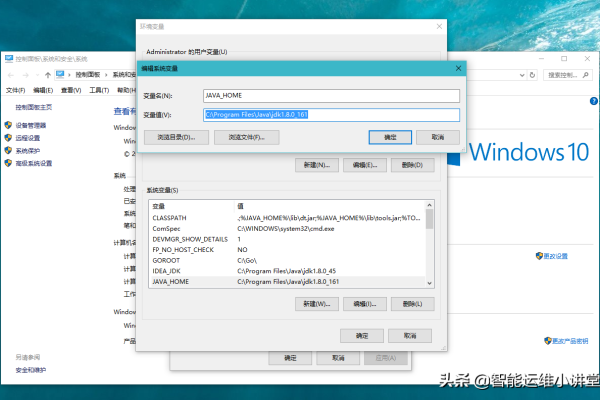
Q2: 如何处理不同的HTTP请求方法(如GET、POST)?
A2: 你可以通过检查HttpListenerRequest对象的HttpMethod属性来确定请求类型,并根据不同的请求类型执行相应的逻辑,对于POST请求,你可以读取请求体中的数据进行处理。
小编有话说
就是在C#中启动本地服务器的基本方法,通过使用HttpListener类,你可以轻松地创建一个轻量级的HTTP服务器,用于开发和测试目的,对于生产环境,你可能需要考虑使用更成熟的框架和服务器,如ASP.NET Core,以获得更好的性能和安全性,希望这篇文章对你有所帮助!


